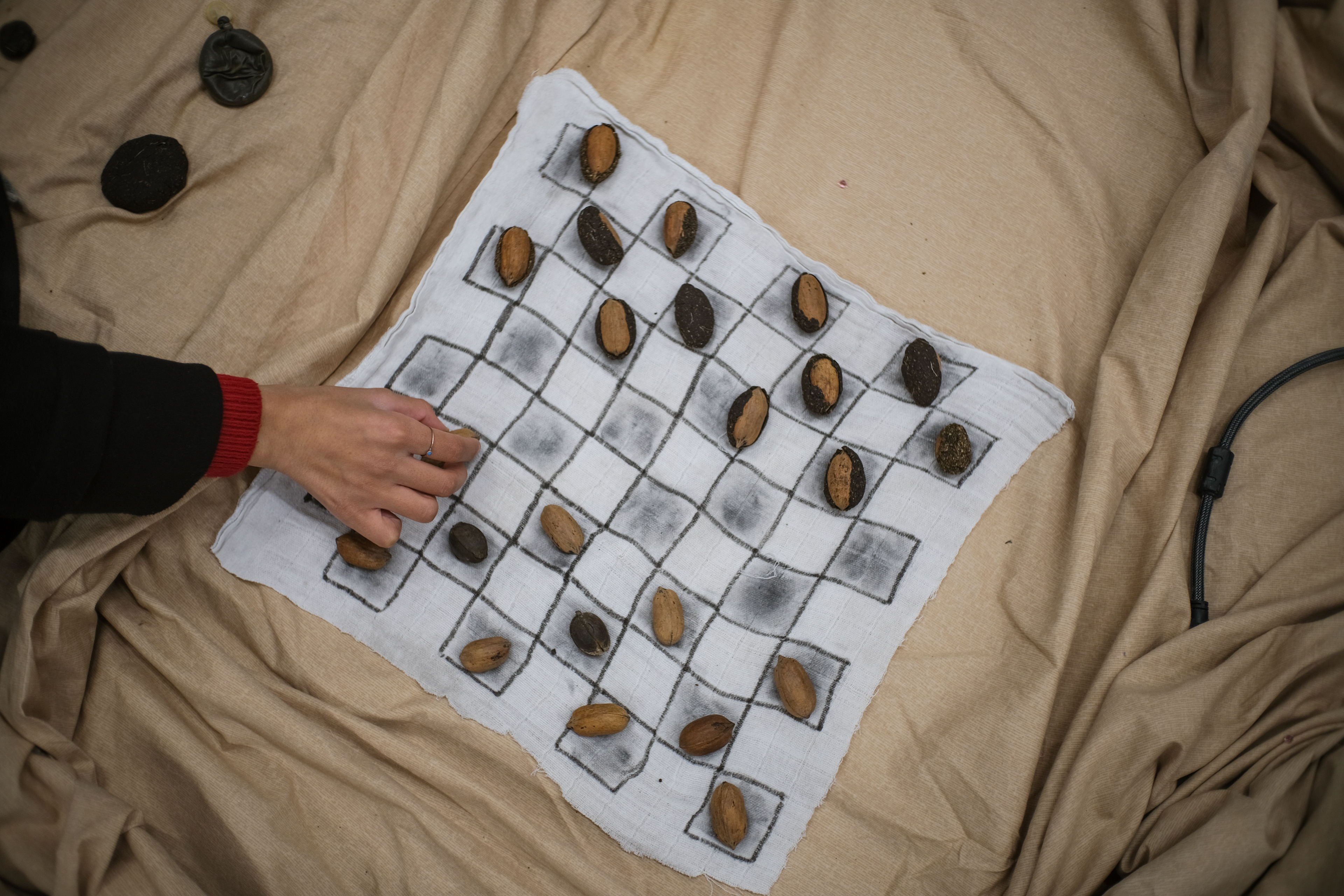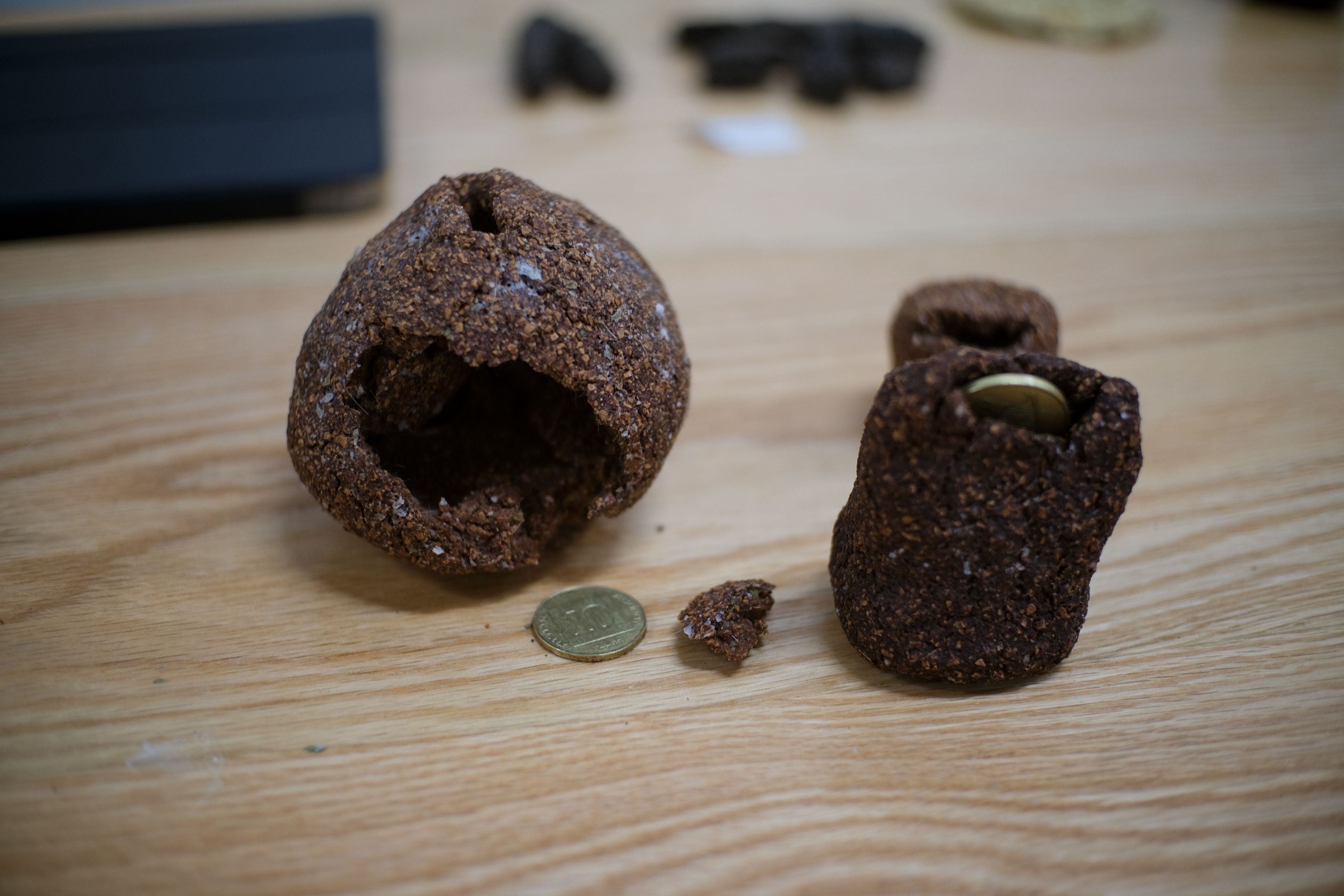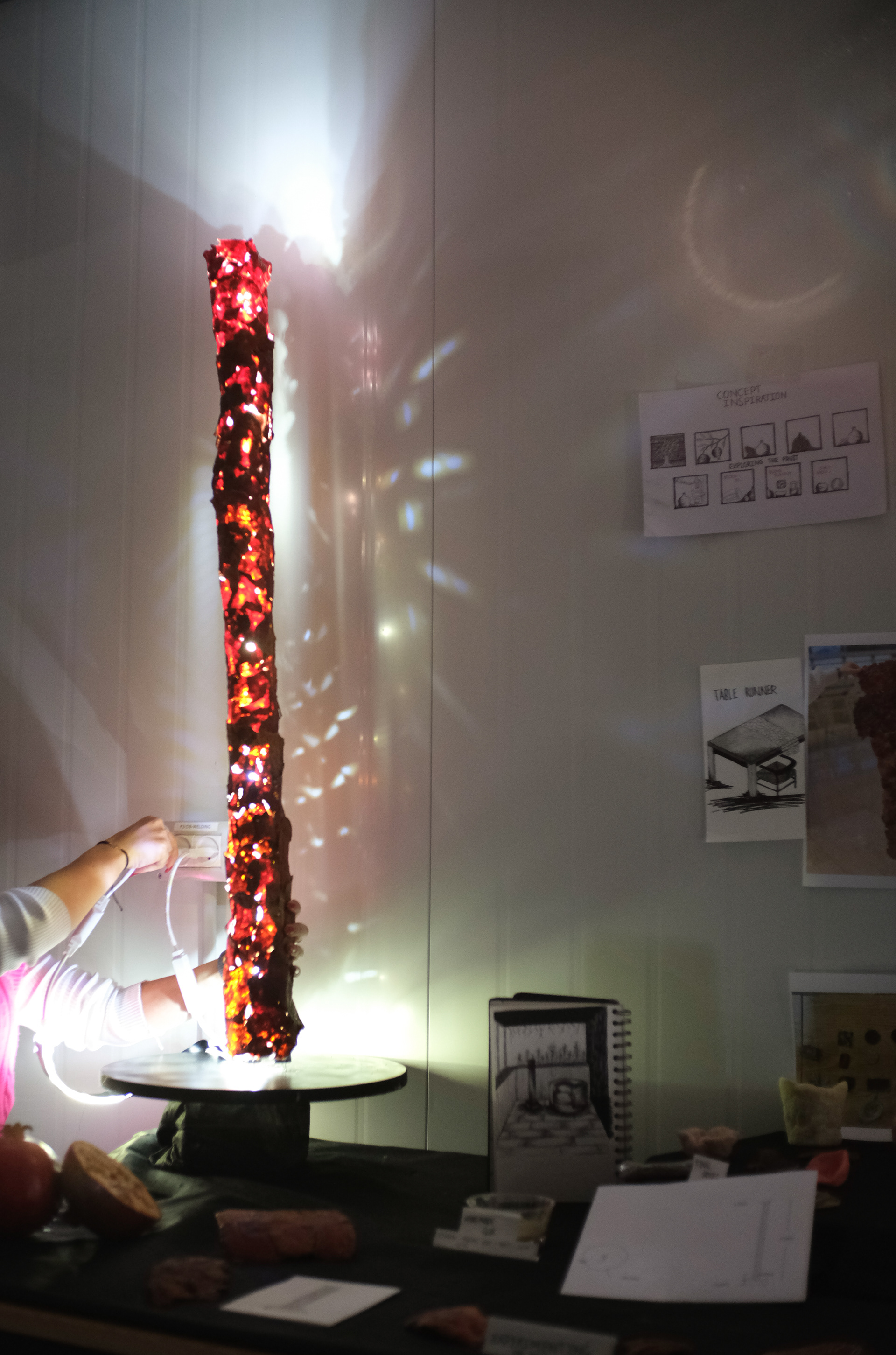As part of our broader research into local material practices, we collaboratively taught the Materials for Design course in the Interior Architecture program at the Arab American University. The course invited students to reimagine materials often dismissed as waste—such as soil, crushed stone, slurry, and industrial byproducts—as archives of knowledge and sites of possibility.
Students were encouraged to investigate these materials not merely as construction inputs, but as carriers of cultural, ecological, and geological histories. While such materials are typically engaged with through economic and industrial frameworks, the course aimed to shift their perception within the academic context—foregrounding their pedagogical, historical, and speculative value.
The first phase of the course involved site visits to historical and industrial zones in the northern Jerusalem periphery, including landfills, quarries, and clay-rich valleys. These visits were complemented by guest lectures from geologists, craftspeople, and designers focusing on local material histories and technologies. Students collected and examined excavated earth materials, experimenting with different binders, drying methods, and mix designs.
In the second phase, students developed their material experimentations into spatial or object-based proposals with specific functional or narrative roles. These outcomes were grounded in tactile engagement with place, resourcefulness, and an expanded understanding of material memory and use.






